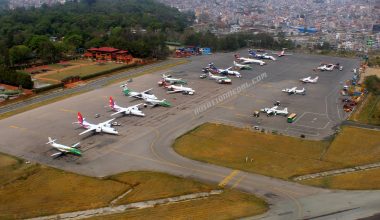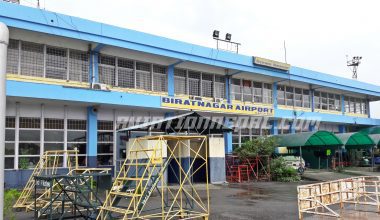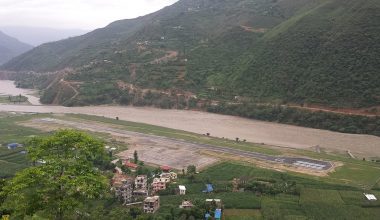The European Aviation Safety Agency (EASA) after examining the overheating of the hydraulic engine of Airbus A350 aircraft has issued an emergency airworthiness instruction to warn operators about the risk of fire.
After witnessing the hydraulic fluid cooling system of Airbus A 350 being wrongly located at the fuel tanks authorities from EASA had issued the AD (Airworthiness Directives).
A spokeswoman from Airbus reported that the A350 fleet is still flying normally, despite the AD which took effect on Aug. 24has been affecting all A350 aircraft.
“Recently, an overheat failure mode of the A350 hydraulic engine driven pump (EDP) has been found. Such EDP failure may cause a fast temperature rise of the hydraulic fluid. This condition, if not detected and corrected, combined with an inoperative fuel tank inserting system (FTIS), could lead to an uncontrolled overheat of the hydraulic fluid, possibly resulting in ignition of the fuel-air mixture in the affected fuel tank,” EASA said in the AD.
EASA said the alert was an interim measure and a further AD may follow. Airbus in response has revised the A350 master minimum equipment list (MMEL) to avoid an uncontrolled overheat of the hydraulic system for preventing the circumstances.
“We had examined the issue in an A350s and have brought it to the awareness and attention of aircraft operators and the authorities,” an Airbus spokeswoman reported. But further specification hasn’t been made whether the problem was spotted on the A350 test fleet or an in-service aircraft.
The Airbus spokeswomen also reported “easy retrofit software fix for the monitoring and control systems,” will be ready by the coming weeks. The simulators are already updated and are available for test.
“Airlines have to apply the AD and monitor the situation, but there is no other specific action required. It is business as usual and all operations are going ahead as planned,” the spokeswomen added.
Both the authorities EASA and Airbus were worried about the consequences and had worked jointly to come with the relevant conclusion to overcome the overheating Airbus A350 hydraulic engine.






